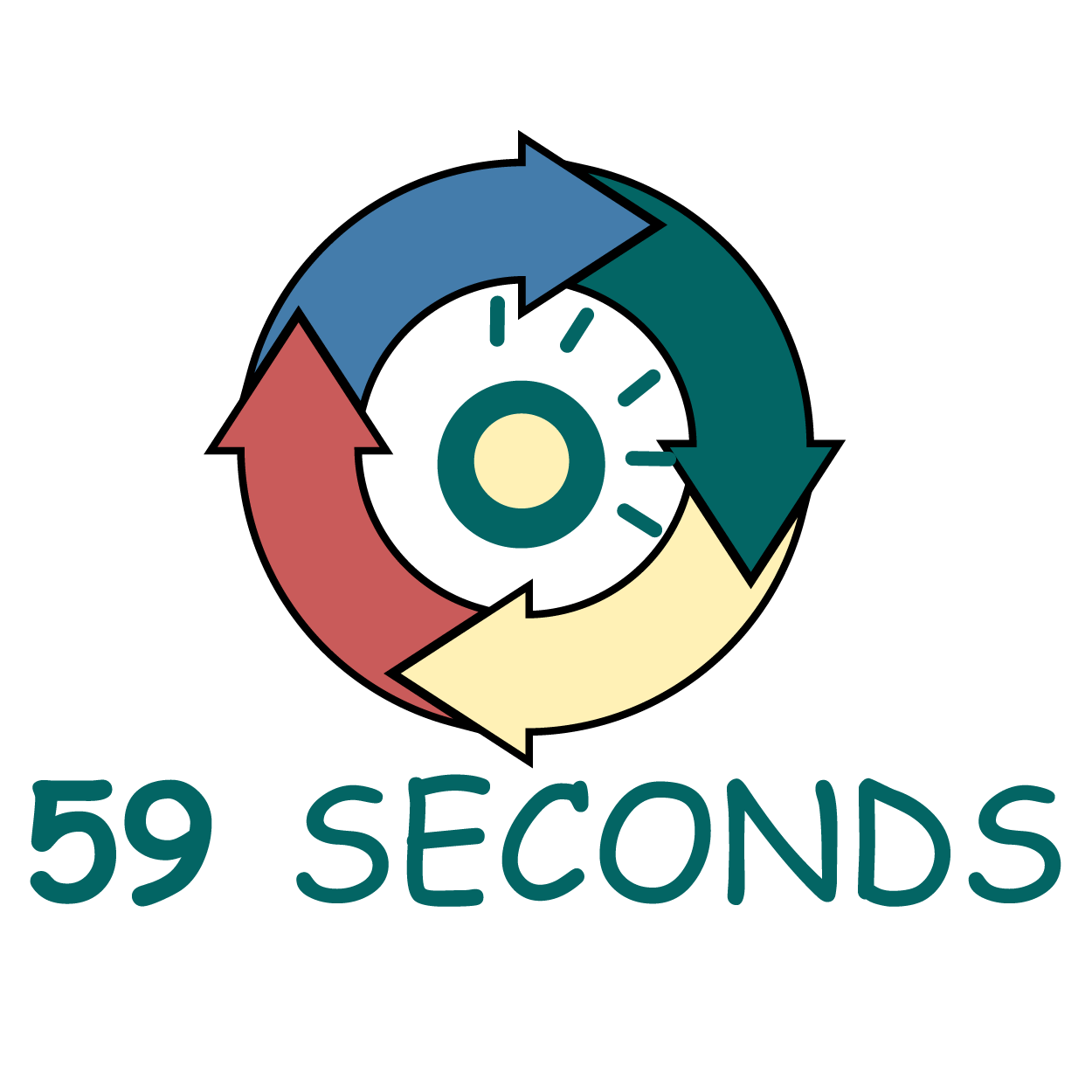
Creating Tasks For Product Owners – Part 2
Creating Tasks from User Stories
Once user stories have been broken down and clarified, the team can proceed with task creation. The developers have the expertise to know what are the best ways to build and test, so the Product Owner can trust the team in coming up with the tasks needed to complete the user stories. The Product Owner can help verify if the development team understood the requirements well and clarify anything if needed.
Because Agile estimation takes work and effort, it’s important for everyone in the team to discuss the tasks needed for user stories. The different roles in the team give different insights on how a feature can be developed – QA engineers can derive from their testing experience, designers can give their point of view, and developers can give technical inputs. Knowing what to do for each user story helps the team understand the effort it would take to develop it, thus allowing teams to give better estimates. This also helps the Product Owner prioritize user stories better within the Product Backlog and Sprint Backlog.
It’s up to the scrum team how they’re going to estimate the work they need to do. Some teams estimate using time formats, such as hours, days, or weeks. Another way to estimate is by using story points, which score the relative effort needed to finish the work with a Fibonacci-like sequence (1, 2, 3, 5, 8, 13, 21, etc.). Typically, teams would take a user story, have a short discussion about it, then individually and mentally form estimates.
When ready, all members would hold up the cards with their estimates written on them, so that they can all see each other’s estimates at the same time. If needed, they will re-discuss and re-estimate. This method is called planning poker, and it is a popular method for story point estimation, as it gives opportunities for teams to collaborate and talk about user stories and tasks.
The Product Owner is there to motivate and support the scrum team, by ensuring that the Product Vision, the Sprint Goal, and the feature requirements are understood by everyone. The Product Owner is helping them do what they need to do to deliver great software on time.
<– Continue Reading –>
Our Book Recommendations
We found these books great for finding out more information on Agile Scrum:
Master of Agile – Scrum Product Owner With 59 Seconds Agile (Video Training Course)
Introductory Offer: Free Course
What is this course?
This ‘Master of Agile – Scrum Product Owner With 59 Seconds Agile (Video Training Course)’ provides an in-depth understanding of the Scrum Product Owner roles and responsibilities
You will explore the Agile Scrum project life-cycle, including how an Agile User Story is created, to how we know when it is ‘done’
This course is aimed at those with or without prior knowledge and experience of the Agile values and principles
During this course you will learn the tools needed to succeed as a Scrum Product Owner
What will you learn?
You will gain an in-depth understanding of the Scrum Product Owner roles and responsibilities, and you will be able to
- Fully understand the role of the Scrum Product Owner
- Understand the roles involved in an Agile project
- Create an effective Product Backlog
- Effectively participate in Scrum Meetings such as the Daily Stand-up, Sprint Review and Retrospective
- Identify the roles involves in the Scrum Team

What topics are covered within this course?
You will cover the following topics during this course:
- An Introduction to Agile Project Management (Product Owner)
- The 12 Agile Principles (Product Owner)
- The Declaration of Interdependence (Product Owner)
- Introduction to Scrum (Product Owner)
- Scrum Project Roles (Product Owner)
- The Agile Project Life-cycle (Product Owner)
- Acceptance Criteria and the Prioritised Product Backlog (Product Owner)
- Epics and Personas (Product Owner)
- Sprint Planning (Product Owner)
- User Stories (Product Owner)
- The Daily Scrum (Product Owner)
- The Product Backlog (Product Owner)
- Scrum Charts (Product Owner)
- Review and Retrospective (Product Owner)
- Validating a Sprint (Product Owner)
- Releasing the Product (Product Owner)
